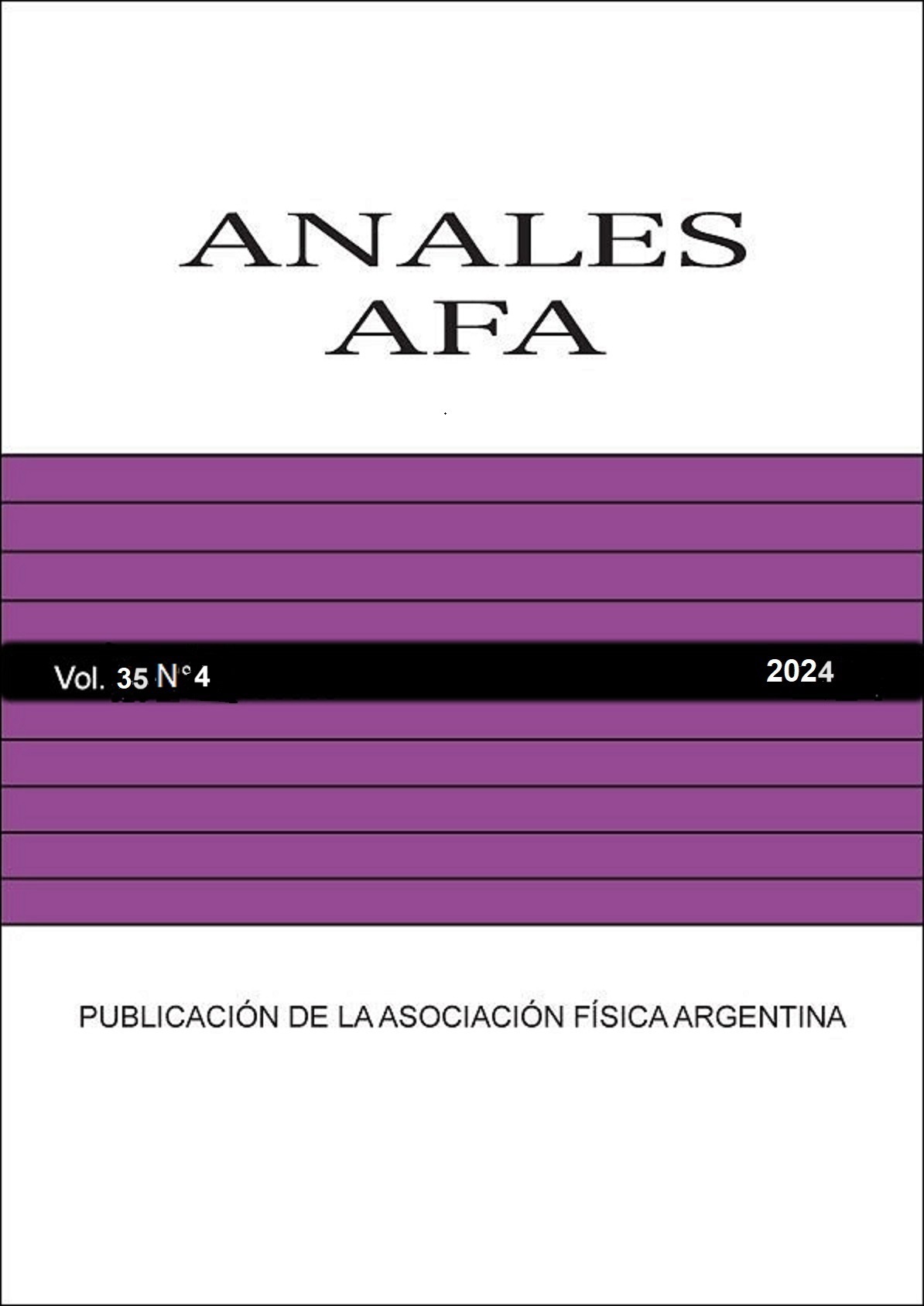METHODOLOGY FOR DATA COLLECTION IN SIMULATED IRRADIATIONS USING MONTE CARLO TECHNIQUES ON DICOM IMAGES FOR X-RAY FLUORESCENCE EMISSIONS LOCALIZATION IN HIGH ATOMIC NUMBER MATERIALS
Abstract
X-ray Fluorescence Computed Tomography (XFCT) has emerged as a promising modality owing to the availability of high-energy polychromatic X-ray sources in the laboratory. As compared to other modalities, tabletop XFCT offers advantages such as easy accessibility, low instrumentation costs, and efficient operation. This approach allows for simultaneous transmission computed tomography (CT) along with XFCT, providing multimodal/multiplexed in vivo images and expanding applications with metallic probes such as gold nanoparticles (AuNPs). Despite its benefits, CT+XFCT imaging poses challenges, particularly in minimizing X-ray dose. Research into accurate methods for estimating the location of X-ray fluorescence emissions has led to various techniques and developments, applied both experimentally and through simulations.
This work introduces an innovative methodology based on X-ray energy dispersion spectrometry, using DICOM images to create probability maps of fluorescence emission locations. We apply this methodology to localize nanoparticles in computer-generated phantoms, demonstrating its feasibility and versatility through Monte Carlo simulations and correlation with micro-tomography. This methodology emerges as a promising tool for obtaining functional information in complex biomedical environments.
Keywords: Monte Carlo, XFCT, Methodology, Nanoparticles
Published
Versions
- 2025-02-07 (3)
- 2025-02-07 (2)
- 2024-12-30 (1)




